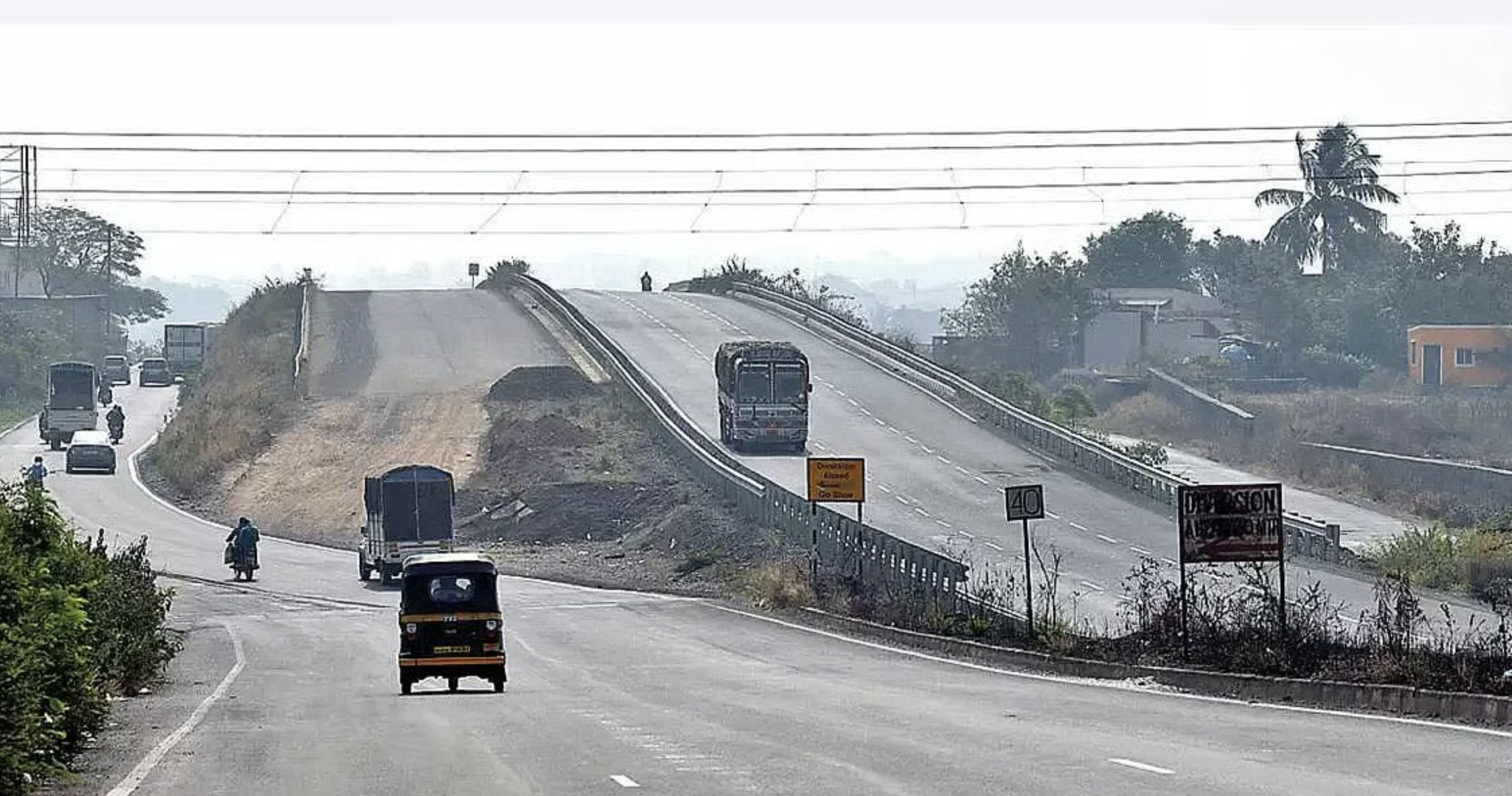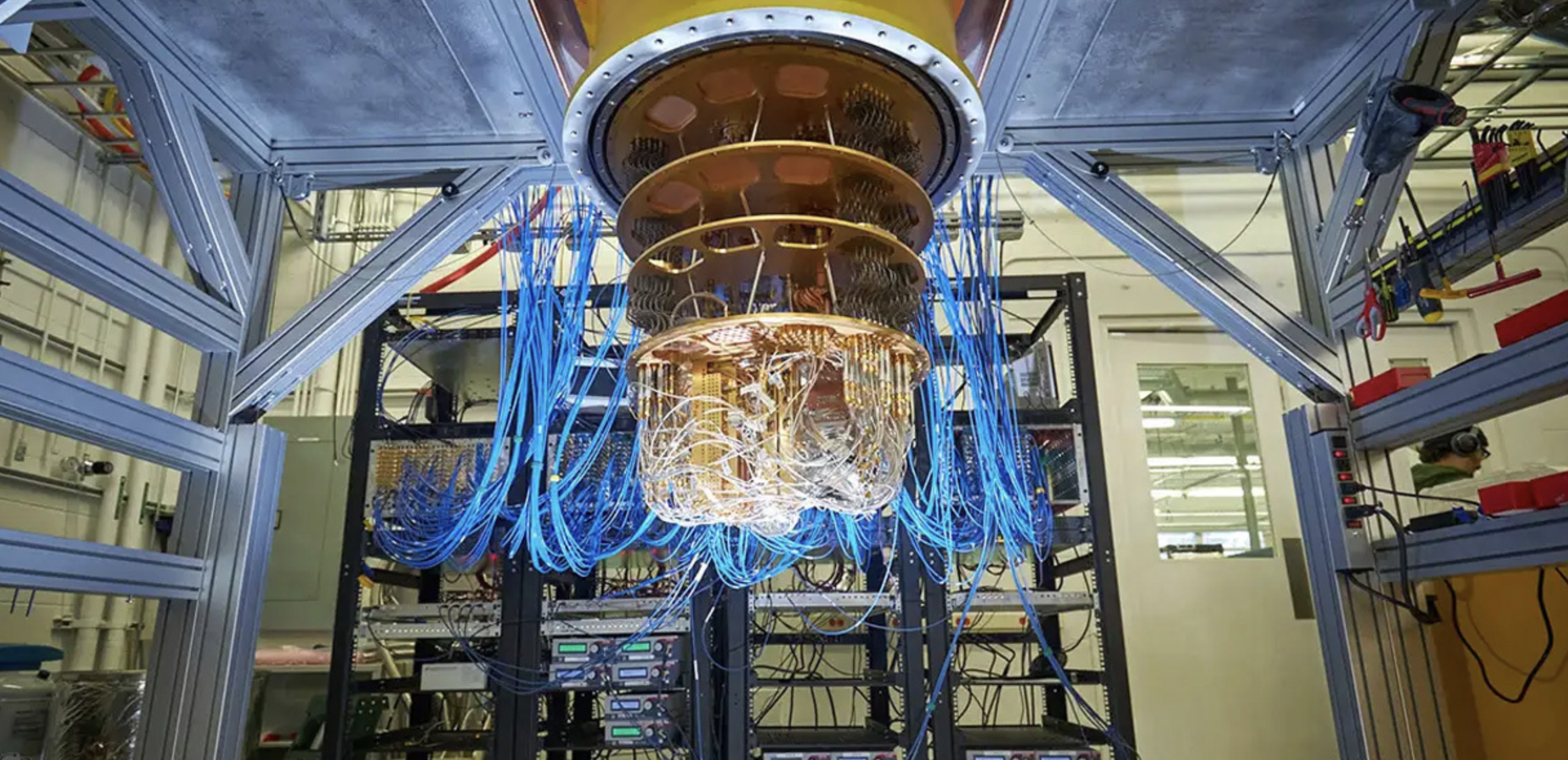The apex bank which controls Indian Rupee, monetary policy, and the banking system in India has proposed to expand scope of United Payments Interface (UPI) by permitting operations of pre-sanctioned credit lines by banks through UPI. This initiative will encourage innovations and widen footprints of UPI, Das said while announcing the bi-monthly monetary policy.

What this would mean is that the borrowers will now have access to digital credit lines from banks via UPI.
Expanded UPI Scope & Presanctioned Credit Lines
As per the Head of Research and Lead Analyst at YES Securities, Shivaji Thapliyal, banks will now be able to offer credit products and, essentially, mimic credit card offerings from a credit perspective, without actually issuing a physical credit card or requiring bulky and expensive physical acceptance infrastructure such as POS/swipe machines.
Thapliyal said that “While credit cards had earlier been allowed on UPI rails, it was done so only for the RuPay settlement system, which is not in vogue for private sector banks. Since most of the credit cards issued by private sector banks were on the Visa and Mastercard settlement systems, allowance of RuPay credit cards did not move the needle for private sector banks. However, with pre-sanctioned credit lines now proposed to be allowed, private sector banks can now simply offer credit card-like products to anyone who has a UPI relationship with the bank and at any merchant that has a lightweight and low-cost QR code or other acceptance infrastructure and, also, for online merchants”.
Now that we have touched down upon the pre-sanctioned credit lines, lets dig deep on what it means.
It means the implies pre-approved credit, which is essentially credit that banks would have approved for customers based on data analytics carried out on internal deposit customers.
Notably, it also would include those non customers whose credit bureau and other information may have been analysed by the banks.
Both, internal liability customers and new-to-bank customers shall be targeted by the private sector banks.
New-to-bank customers could be the ones which are using a given bank’s app as the interface to carry out UPI transactions from another bank’s deposit account.
How Will It Benefit the Customers?
This move would reduce the number of cards customers have to carry and make transactions via UPI.
India Head of Development, Banking and Payments at FIS, Rajsri Rengan said that this will significantly reduce the time and hassle of effort required for customers to secure loans, which will eventually drive economic growth and development.
Head of Banking, India at FIS, Harish Prasad said that access to pre-sanctioned credit lines via UPI will re-ignite the digital lending and BNPL space too.
Earlier, it was through the credit-lines and loans, that these restrictions were imposed on disbursements into prepaid wallets and cards.
Many BNPL players had to resort to tenuous work-arounds to continue to deliver a seamless purchase experience.
Prasad said that “With the UPI channel opened up for access to credit lines, the point-of-purchase credit experience becomes seamless and opens up avenues to use credit across a much larger merchant base. This has the potential to drive transformational growth for the BNPL lending sector”.
As per the National Payments Corporation of India (NPCI), transactions on the UPI platform advanced by 60 percent year-on-year in March to a record 8.7 billion. In terms of value, payments on the platform rose 46 pe cent YoY to Rs 14.05 trillion.












